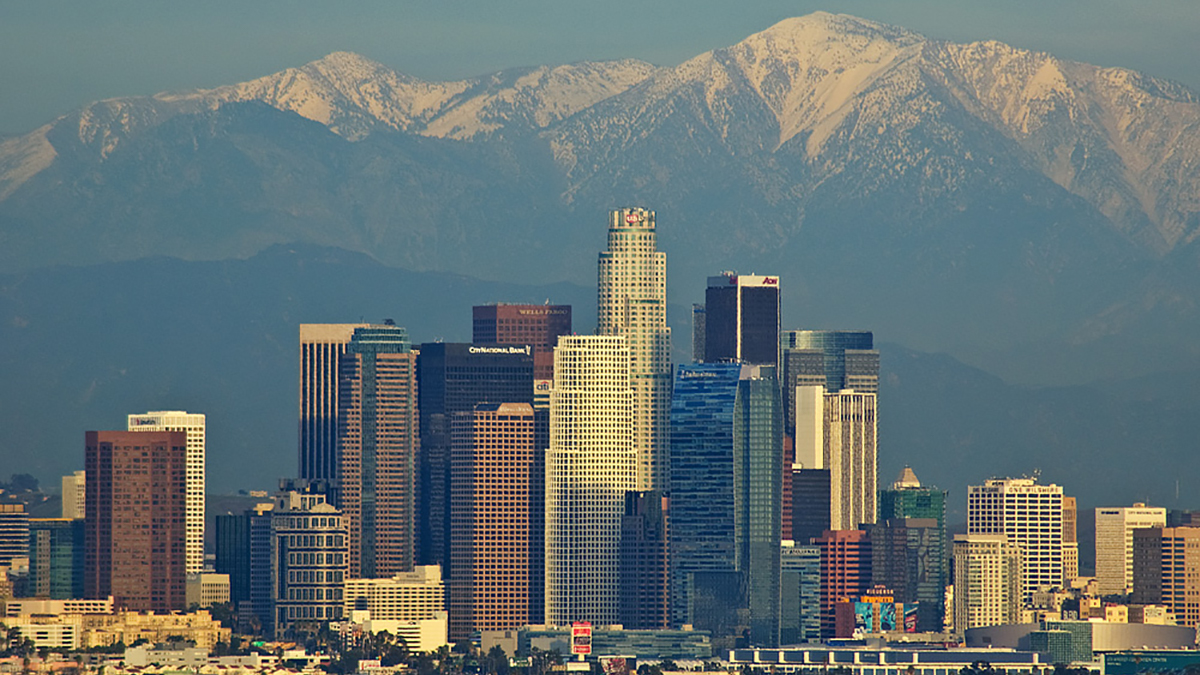Not a Pretty Picture
For the past three decades, California’s leaders have assumed that the state’s great advantages — superb universities, a large, diverse labor force, international connections — would help us weather economic storms.

Capital Thinking • Issue #714 • View online
California is in far worse shape economically than the great majority of other states also struggling through the pandemic.
COVID-19 may be the primary cause of our current distress, but the evolving structure of our economy has exacerbated this calamity.
The worst part is our state leaders should have known this all along.
The Roots of California’s Tattered Economy Were Planted Long Before the Coronavirus Arrived
In September, California’s unemployment rate was 11%, well above the national average of 7.9%, and better only than two other states in the nation. Since the March lockdown, California, with 12% of the nation’s population, accounts for 16.4% of all U.S. unemployment.
A similar pattern can be seen in our metropolitan areas. Among the 55 largest metro areas in the country, the worst job losses from February to August — outside of Las Vegas and Boston — have occurred in the Bay Area and Los Angeles-Long Beach. By contrast, other metro areas, such as Salt Lake City; Austin, Texas; Dallas-Fort Worth; and San Antonio are doing much better.
Over the past decade, the California economy has been divided, Janus-like, between a rising innovation economy, based largely in the Bay Area, and the rest of the state where 86% of all new jobs have paid below the median income of $66,000, and 48% are under $40,000 a year. Once a beacon of opportunity, the state suffers the highest cost-adjusted poverty rate in the country.
The slow growth in high-wage jobs, particularly outside the Bay Area, contrasts with that of other states — such as Texas, Utah, Colorado, Washington — that have continued to expand middle-income jobs more rapidly in manufacturing and in professional, scientific and technical services, a large industry classification used by the federal Labor Department to include everything from legal work to software developers to accountants.
The consequences of this distorted economy have made the state susceptible to losses in fields like hospitality and other low-end services, which suffered half the initial job losses from the coronavirus shutdowns.
The situation is particularly grim in the Los Angeles region. Over the past two decades, according to an analysis of job growth by UC Irvine professor Ken Murphy, Los Angeles County has suffered almost twice the level of industrial job losses as the nation. During that period, professional and technical service jobs — which are better suited to remote work and have survived the pandemic in reasonably good condition — grew in the region by only 14%, compared with a national increase of 36% in such jobs.
Indeed, from 2000 to the beginning of 2020, L.A. County has led the state in growth of low-paying service jobs, adding 867,000 of them. That represents a 48% increase over the number of those jobs in 2000. Similar growth has been seen in Orange and San Diego counties. Yet between 2008 and 2018, the L.A. area lost 41,000 high-wage jobs.
With the pandemic, this dependency on low-end-job growth has placed the Southland at great risk. The health crisis has wiped out 374,000 of those jobs, a reduction of 23.3%. Overall, Los Angeles has lost 11% of its jobs, Murphy notes, significantly higher than the 8% drop nationally.
In previous recessions, notably after the 2008 financial crisis, Silicon Valley’s job growth, and revenues from initial public offerings and stock price increases, helped bail out the state’s finances, which are once again under stress. With several potential IPOs coming and the rising value of existing tech firms, we could see some help for the state government’s revenue picture.
But that will not help the state recover the lower-wage-job losses or reduce the entrenched inequality making the economy susceptible to rolling catastrophes. Even at full bore, these Silicon Valley firms create few jobs for non-tech workers, with the notable exception of the Tesla factory in Fremont, which employs roughly 10,000 workers.
Even more troubling is evidence that the industry’s willingness to keep high-wage jobs in California appears to be dissipating. Palantir, the data-mining software company, recently announced it was relocating to Denver from Palo Alto. Other tech companies — such as Uber, Tesla, Apple — have committed huge investments in Texas while others have shifted to northern Virginia, Nashville and Phoenix.
Ironically, the biggest threat to California-based jobs may come from the changing nature of technology itself. Employees at the largest tech companies, including Google, Twitter, Pinterest, Facebook and Salesforce, will very likely continue to work remotely even after the pandemic. In a recent survey, three-quarters of high-tech venture funders and founders predicted the same for their workforces. And some 40% of Bay Area tech workers say they would like to move to a less expensive region, which suggests locations outside of California.
For the past three decades, California’s leaders have assumed that the state’s great advantages — superb universities, a large, diverse labor force, international connections — would help us weather economic storms. The pandemic has shown how wrong that is and how much needs to be done to meet this steadily growing economic crisis.
This will require a dramatic shift in state policy, starting with environmental and other regulatory restraints. We should continue our efforts to embrace cleaner climate standards and move forward with lower-emission fossil fuels, such as renewable natural gas, and, when the technology is more economically feasible, gradually shifting completely to non-fossil energy.
Unless trends are reversed, California’s unstable economy will continue to erode. In 2016, an estimated 1,800 companies left, largely for Texas. Between 2009 and 2016, 13,000 companies left the state.
